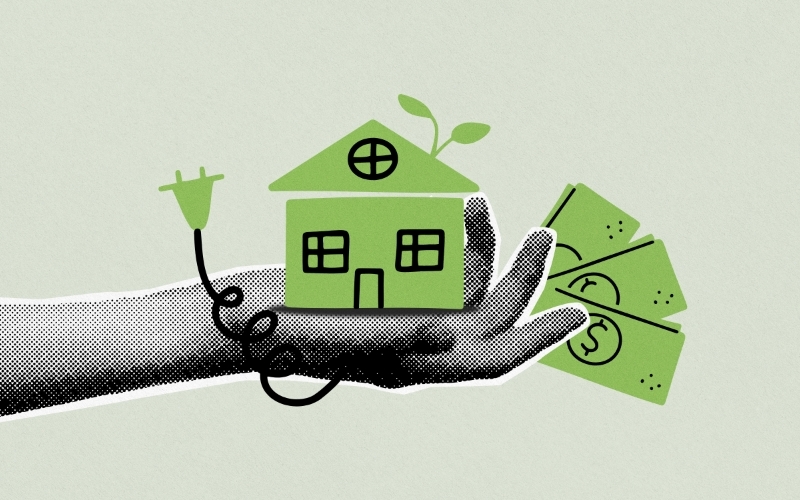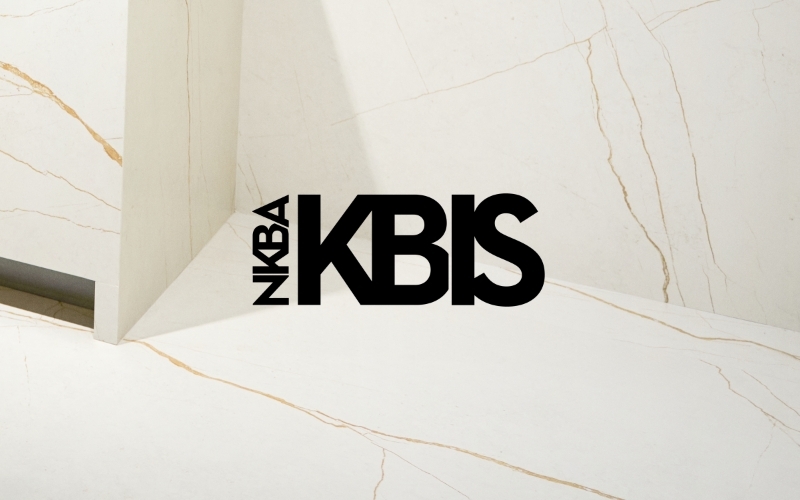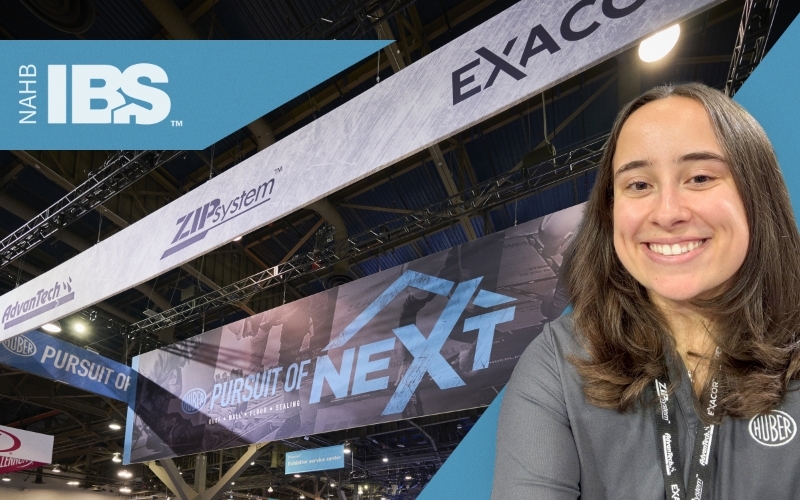Marketing Insights
This post is the second in a series about my experience building a house – from how we picked our lot to what it’s like watching your dream home transform from a drawing into a real thing with shingles, windows and doors.
Homebuilding is a personal experience, and all the stories shared in this series are real. But as a marketer focused on the home industry, I also jumped at the chance to play secret shopper, market researcher, experience analyst, and judge and jury on which communication, marketing and sales tactics work well – and those that need a complete overhaul.
My husband and I aren’t building a custom home. Custom homes are one-of-a-kind, designed and built to order. Instead, our future home is what’s known as a “production home,” meaning it will be built alongside similar production homes by one of two large-volume homebuilders in a suburban neighborhood.
Production homes get a bad rap in some circles, but not everyone can or wants to build a custom home. If you choose a solid builder and developer, a production home can be the best of both worlds. Our builder offers extensive design center options to help buyers personalize their homes.
In March, we found our perfect lot in a new development in Fort Mill, South Carolina. Four days after we signed on the dotted line, the builder's local design consultant contacted us to schedule our first design center appointment and customize one of the builder’s popular plans.

Here are seven takeaways from our design center adventures.
- Level of customization is crucial. Our builder offers a broad selection of features and finishes, which made us feel like we weren’t getting a cookie-cutter home. We couldn’t change the floor plan, but we had our pick of numerous options for things like cabinets and fixtures and even customized power management for future lamps and smartphones and flat-screen TVs. Our builder offers standard “builder grade” choices as well as upper-level selections that look and feel custom – with a requisite price tag. Having the opportunity to see, touch and feel all of these options at the design studio made decisions much easier.
- The process can make or break the experience. Our builder does a good job of providing a set design checklist to guide buyers. Features and finishes are organized not by room, but by category (for example, flooring and electrical). This makes an overwhelming to-do list seem more manageable. But we wish our builder had offered more flexible scheduling. Our contract required us to complete our design selections during two three-hour appointments on a weekday beginning at 8:30 a.m. or 1 p.m. – no small feat for two people who work full-time. Model homes are open on weekends; why can’t design centers also offer appointments during weekend and evening hours?
- It’s never enough time. I thought that surely we’d be able to make it through our lengthy design center checklist in six hours. But as the minutes ticked down and we neared the end of our second appointment, we still had entire categories to address. Things like countertops and floors are big decisions, and I often felt rushed. As a partial solution to this problem, builders could offer sample color palettes and other groupings to help indecisive buyers create a foundation for the rest of the home. I didn’t want a cookie-cutter look, but I spent a lot of my precious six hours sifting through neutral paint chips and carpet colors.
- Hidden or inflated costs can have a huge influence on buyer decisions. I didn’t flinch when I saw the upgrade price for my quartz countertops, because I expected it. But in some cases, our builder wanted to charge upwards of $700 for a $50 part. My husband took one look at the slide-out kitchen trash and recycling bins (just like the ones we had in our previous home) and said, “I’ll add those later.” Pricing small upgrades more reasonably could actually help the builder by making buyers feel more comfortable about big-ticket items and upgrades that are tougher to add later, like kitchen counters, tiled showers and hardwood floors.
- Builders should educate their customers about building products. My husband is an engineer and a carpenter, and I’m a home marketer; together, we renovated most of our first home. We brought a lot of experience to the homebuilding table, but everyone isn’t so lucky. We selected built-in bookcases for our new great room but didn’t want the shelves to be constructed from medium-density fiberboard (MDF), because it’s less sturdy than real wood. We felt we were being asked to pay a premium price for a product that wasn’t best for that particular application. Instead, we paid a custom price for maple plywood. Builders and home marketers can capitalize on similar opportunities by providing consumers with educational tools or resources that show the benefits of high-quality building materials, whether they come standard with the home or can be added at a cost.
- An educated design consultant is a successful design consultant. Design consultants have a tough job. Working with a small window of time, they have to help buyers bring their vision to life while also answering questions ranging from construction to design to electrical. But an educated consultant is a better advocate for the builder and the buyer – because at the end of the day, homebuilding is a partnership. Designers who can place products side by side and easily talk about the benefits of each – from soft-close drawers to thicker carpet padding – will create a better experience for buyers and ultimately generate more revenue for the builder.
- Building a home is like no other experience. I’ve told friends that we sometimes feel as if we’ve already built a home, because we transformed every room of our first house and even built an addition. But there’s nothing like starting with a blueprint and an empty lot and putting your stamp on every inch of a home. I thought our design center experience was stressful, but part of that stemmed from the fact that we had so many choices to make. We’re not building a true custom home, but when it’s complete, it will be one-of-a-kind.
Next up, I’ll report on our pre-construction meeting and share how it feels to see a builder break ground on your new home. Thanks for joining me on my homebuilding journey!
You might also like:


